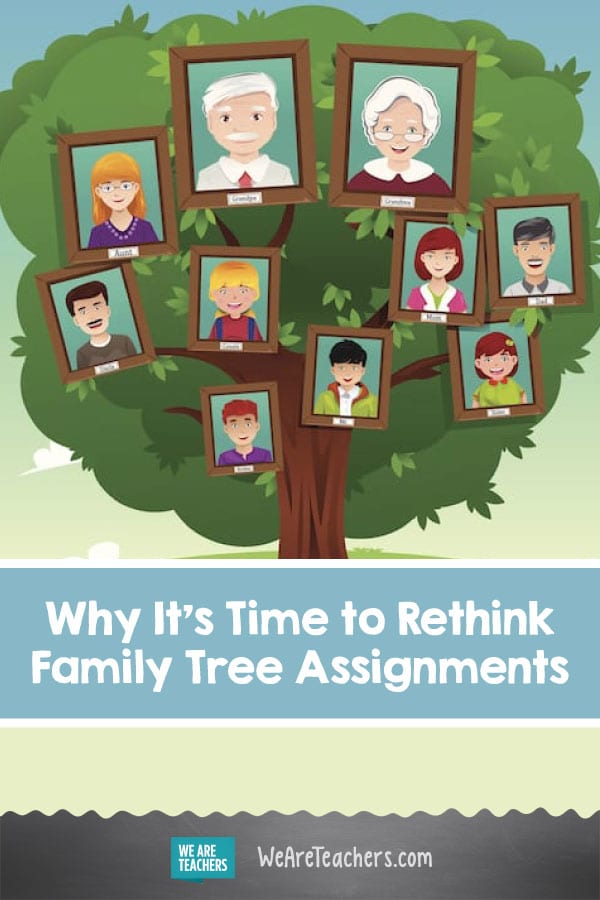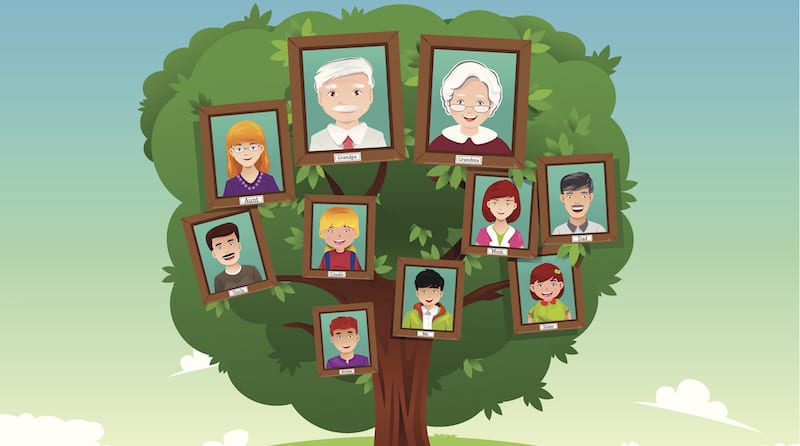Most of us remember plodding through family tree assignments at some point during our school years. Perhaps you created a handprint tree in preschool or filled out your madre and padre on a worksheet for Spanish class. It’s a common activity for a topic that’s important in schools—family. But in 2020, our students are coming from increasingly diverse families, and these types of activities can feel unsettling and exclusionary.
It’s time we moved past the family trees and looked for more inclusive options. Here are several reasons why it’s time to rethink the family tree assignment:
All families are different.
We all know that families consist of something more than diverse than a mom, dad, and 2.5 children. So why do our family trees still reflect that structure? Schools should not require students to complete an activity that fails to represent LGBTQ-headed, multigenerational, step, adoptive, and foster families.
Families are important to children. When they don’t see their own family reflected in the curriculum, they feel left out. And a student who doesn’t feel welcome at school might fail to learn.
Not everyone has access to family information.
Family tree assignments often require students to research their family history, and that’s just not possible for everyone. Children in adoptive and foster families may not have baby pictures or be able to draw a coat of arms with a flag of where their ancestors came from. And it’s not just about the inability to complete the assignment, which is stressful enough. The greater harm is the complicated emotions that can come up for students when we remind them of what they don’t know.
[contextly_auto_sidebar]
Family tree assignments are not trauma-informed.
We must consider that not all students come from loving home environments. Many of our students have experienced abuse and neglect. Family tree activities can trigger anxiety and post-traumatic stress disorder in students with adverse childhood experiences. Revelation of their private lives can also make them vulnerable to bullying and isolation. Our students’ physical and mental well-being should always come first.
Let’s move to more inclusive projects.
All this is not to say that we shouldn’t be talking about families in school. We can and should. We just have to be more mindful of what kinds of activities we plan. Try “Circles of Caring Community”, a lesson from Welcoming Schools that focuses on all the caring adults in students’ lives. “Autobio” and “Where I’m From” poems are also nice ways for students to share about themselves and the important people in their lives outside the confines of a traditional family tree assignment.
What alternate ideas do you have to family trees? Come and share in our WeAreTeachers HELPLINE group on Facebook.
Plus, why we should make all school events inclusive.


